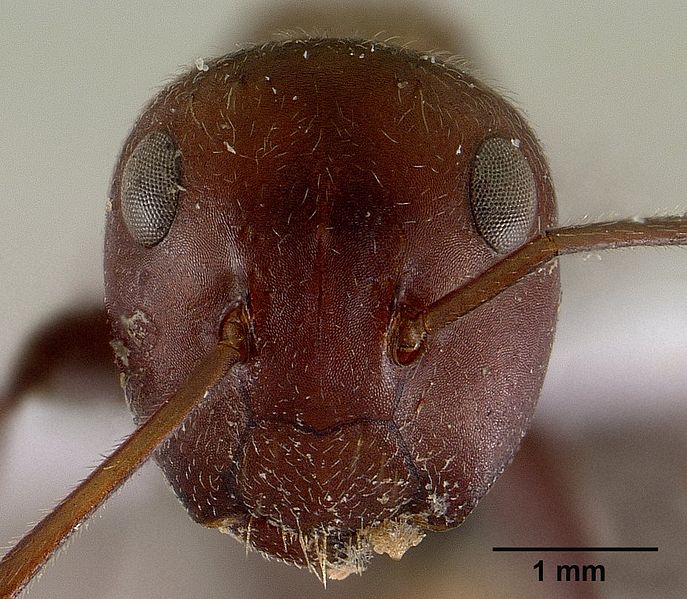The Dramatic Life of Camponotus saundersi
Interactions
Camponotus saundersi has
an incredibly fascinating relationship with a parasitic fungus called
Ophiocordyceps unilateralis (Hypocreales, Ascomycetes) which is an
entomopathogenic fungus specific to Formicine (genus) ants
(Kobmoo et al. 2012). Some people may refer to this attack as a
creation of a zombie ant! Here’s how it works. A happy
little carpenter ant is walking around the rainforest floor when
unknowingly to him, he walks straight through microscopic spores of
Ophiocordyceps unilateralis just waiting for the perfect host to
attach onto. After attachment, the fungus secretes enzymes that eats
away at the ants exoskeleton and forms an opening which allows it to
enter the body. In a couple of days, this once healthy organism begins
to exhibit strange behaviors, like a zombie, which causes it to leave
the duties of a working ant and, and find the perfect location for
optimal fungal growth. The fungal spores are literally able to control
the ants mind! Once the zombie like ant has found the perfect spot, the
fungus will consume the ants organs while using the exoskeleton as
protection. On the back of the ants head, a large stem of fungus, called
a stoma, will emerge and release an array of spores onto the forest
floor. Any poor ant that makes his way into this “killing zone” will be
infected and inevitably become another victim (Hughes 2012). For more
information on the infection these organisms experience check out this
webpage
here.
Unfortunately for our species of interest,
this parasite has been able to wipe out entire colonies of ants, which
can be detrimental to the ecosystem. A clever trick that has helped
massive amounts of colony members to prevent being infected is the
adaptation of noticing an infected member. This means carpenter ants are
able to recognize the symptoms of an infected ant, and will in response,
carry the ant far away from their home (Kabmoo et al. 2012).
If you have an interest in fungus, and how they
interact with other organisms, click
